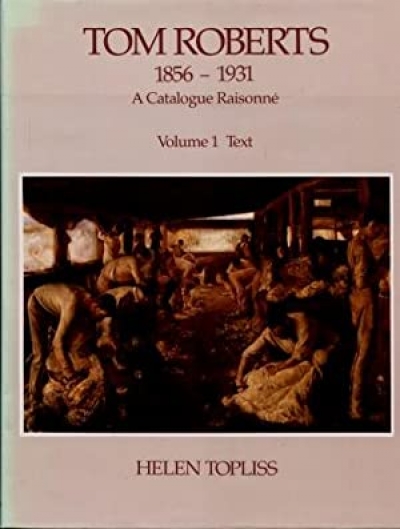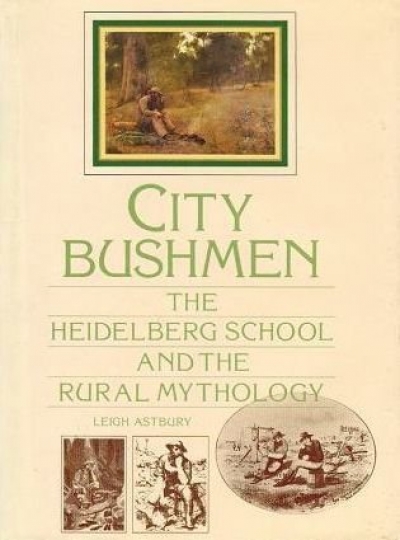Oxford University Press
Sign up to From the Archive and receive a new review to your inbox every Monday. Always free to read.
Recent:
The Oxford History of Australia, Volume 4: The Succeeding Age by Stuart Macintyre
by Robert Pascoe •
The New Oxford Book of Australian Verse edited by Les A. Murray
by Michael Heyward •
Tom Roberts 1856–1931: A catalogue raisonné by Helen Topliss
by Jim Davidson •
City Bushmen: The Heidelberg School and the rural mythology by Leigh Astbury
by Jane Clark •
The Oxford Companion to Australian Literature edited by William H. Wilde, Joy Hooton, and Barry Andrews
by John Hanrahan •
Images In Opposition: Australian landscape painting 1801–1890 by Tim Bonyhady
by Leigh Astbury •
The Typewriter Considered As Bee-trap by Martin Johnston & Fast Forward by Peter Porter
by Evan Jones •











